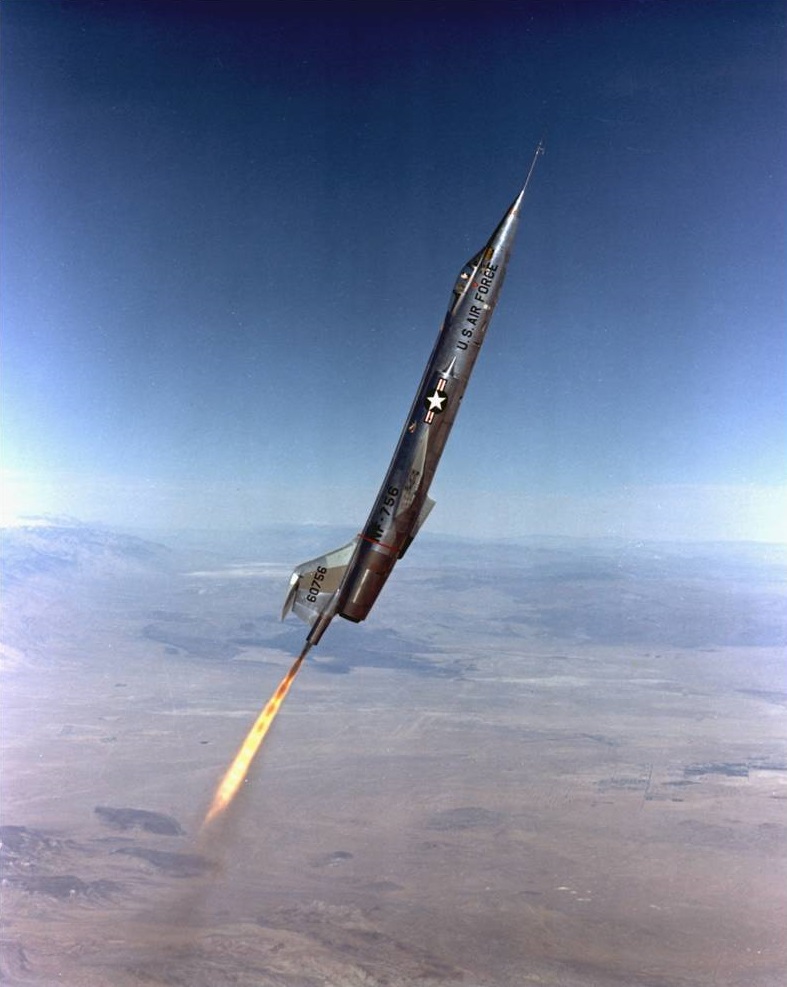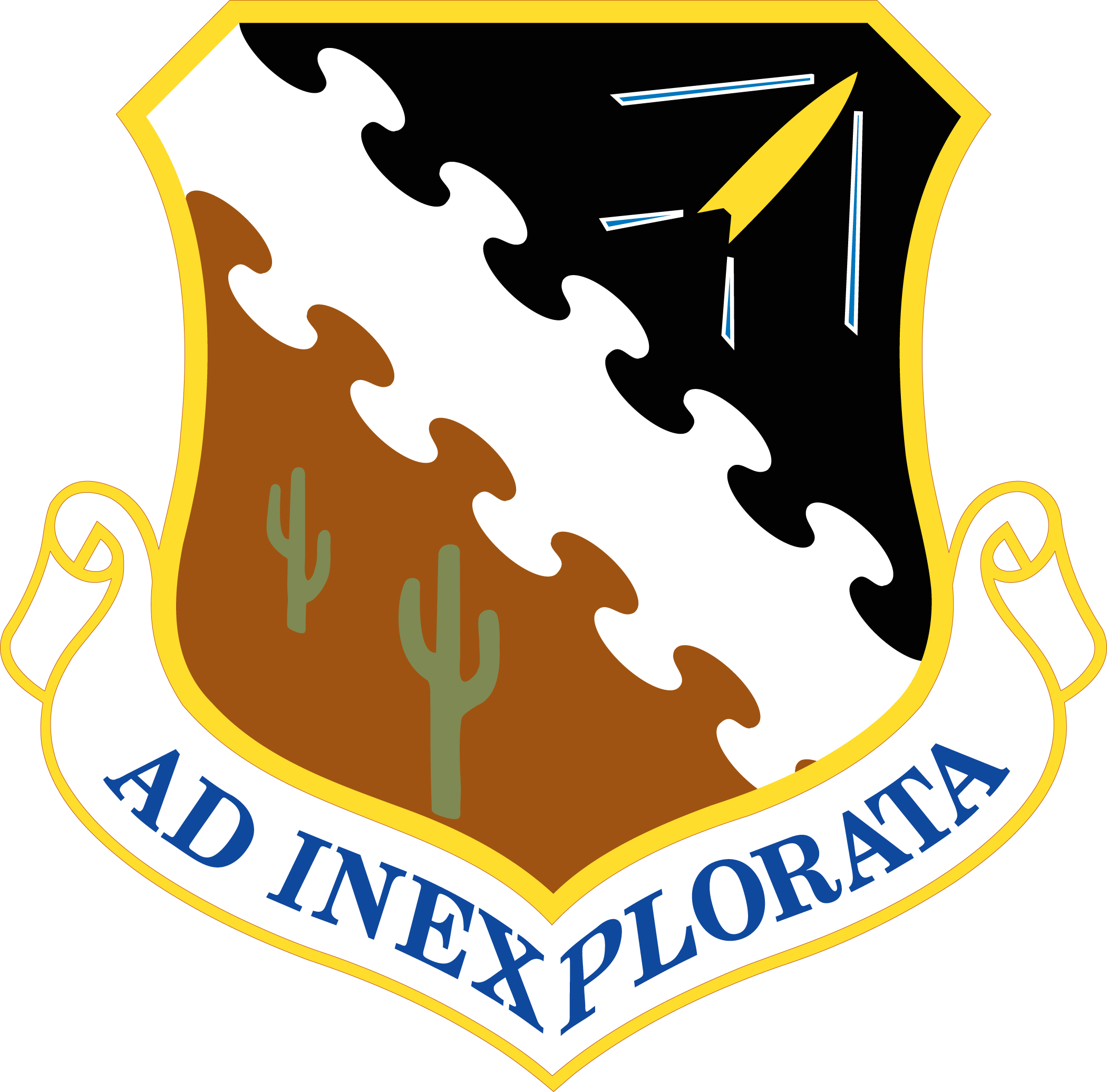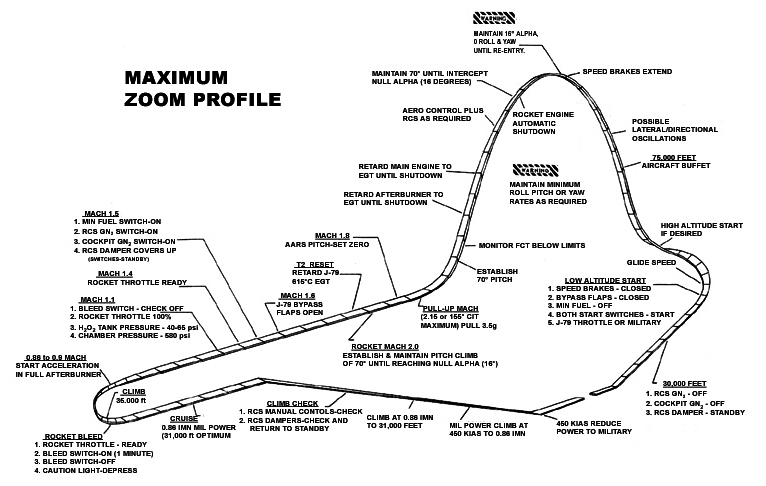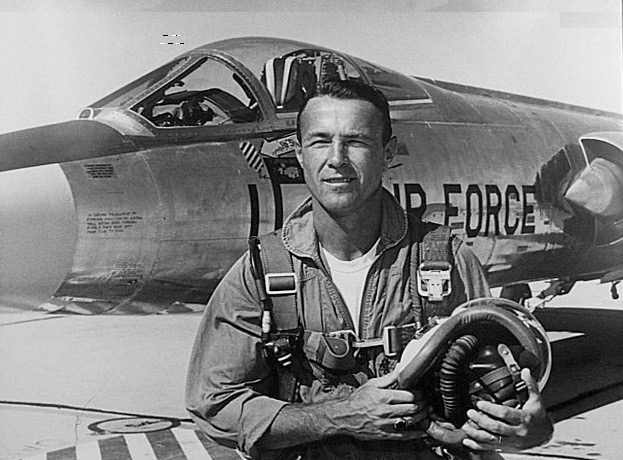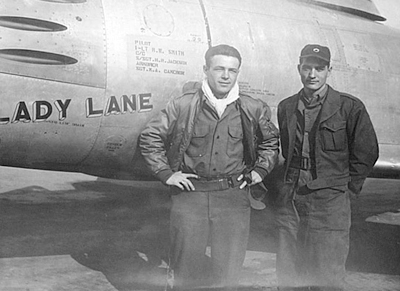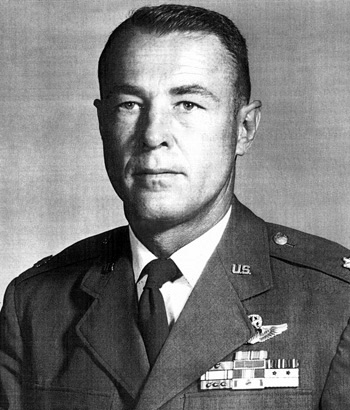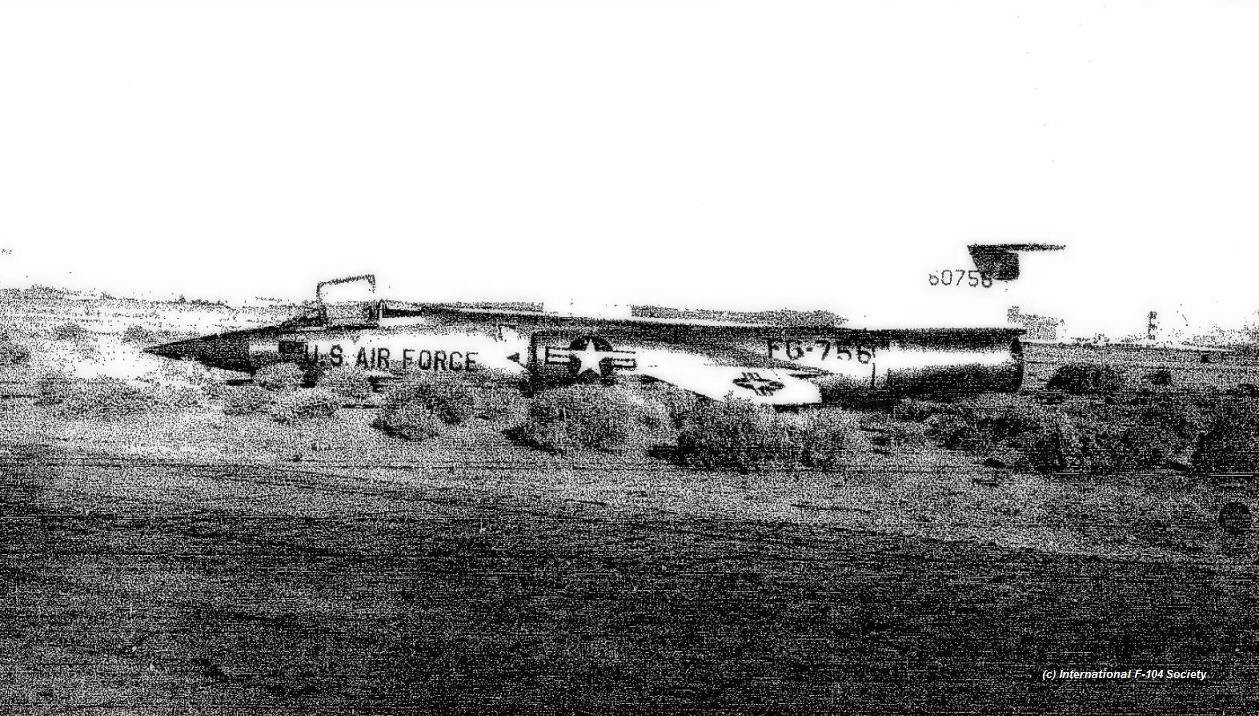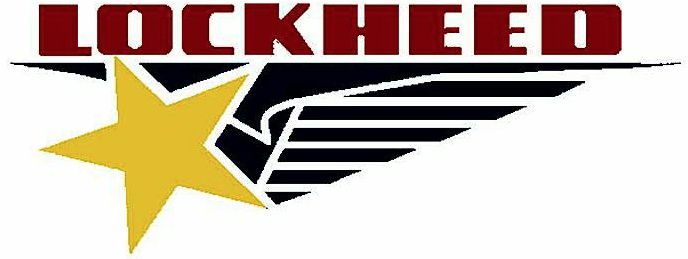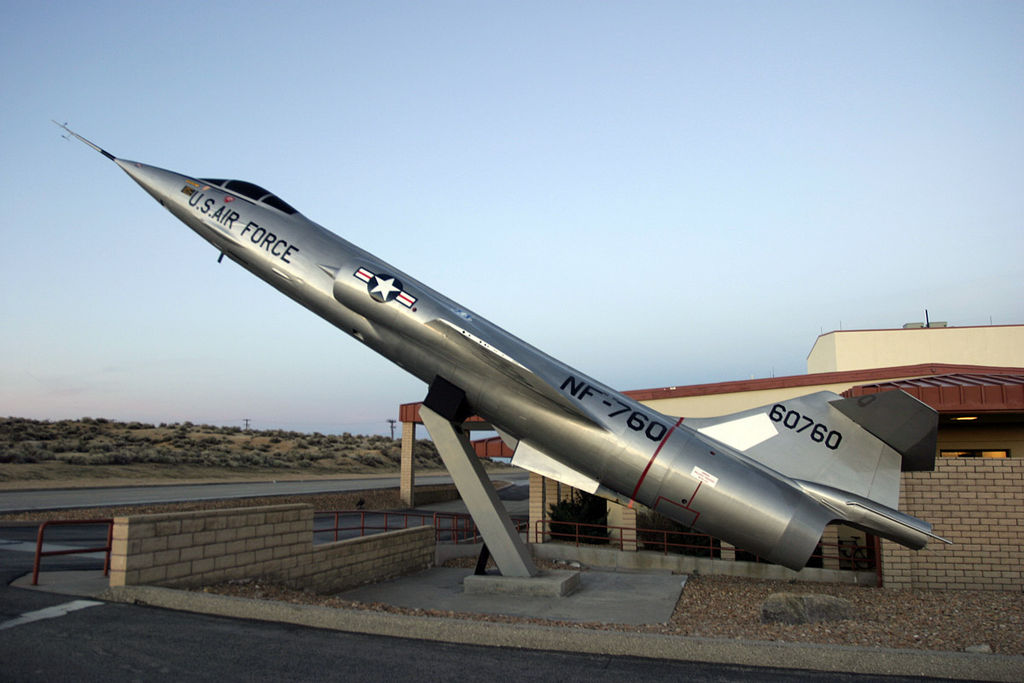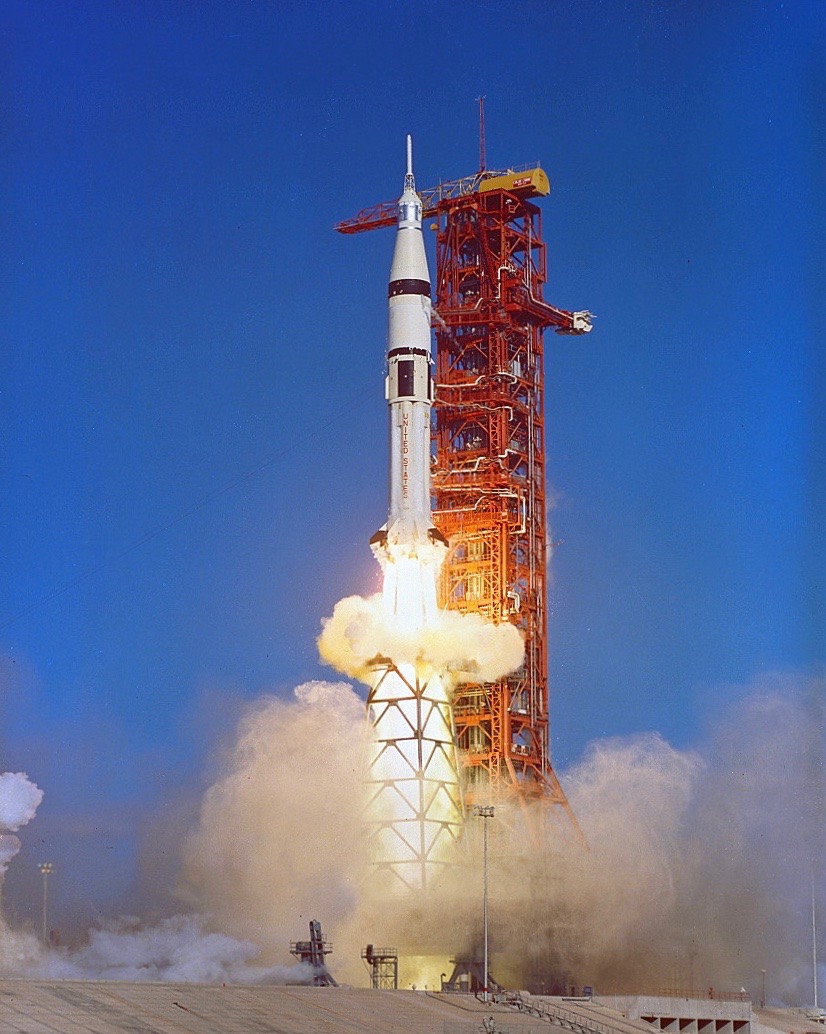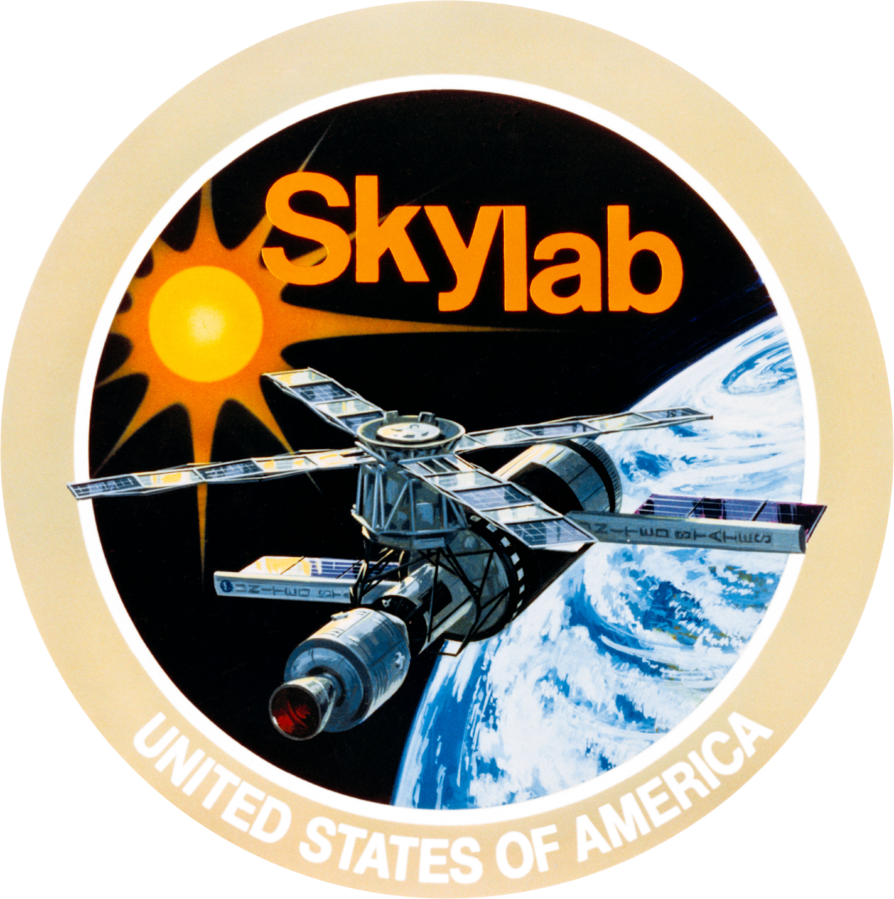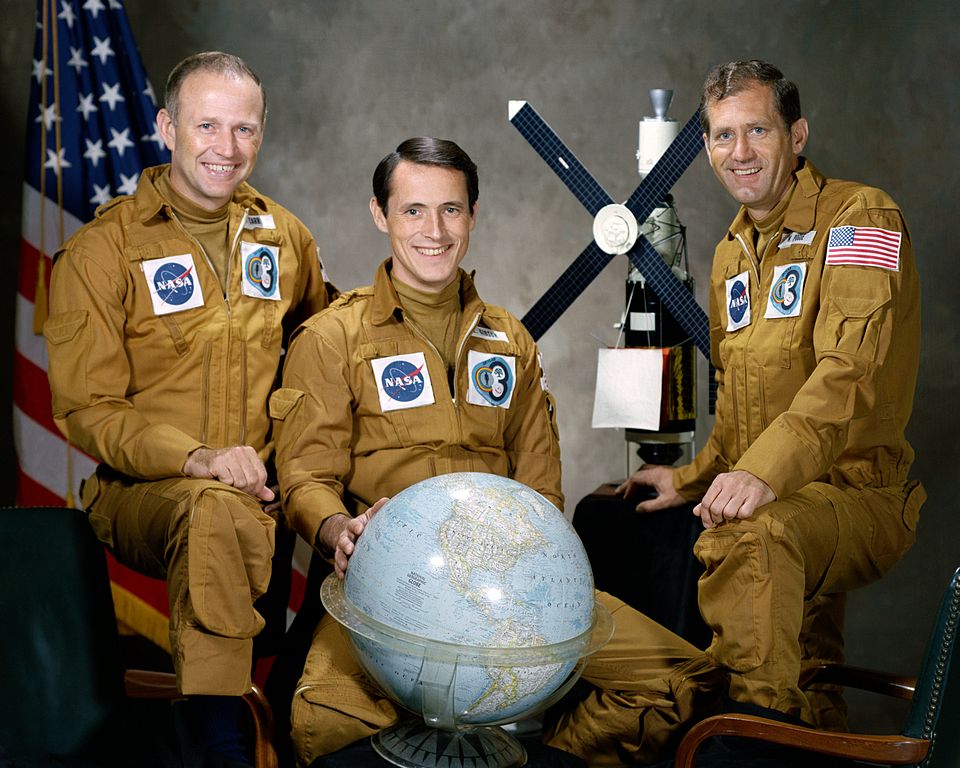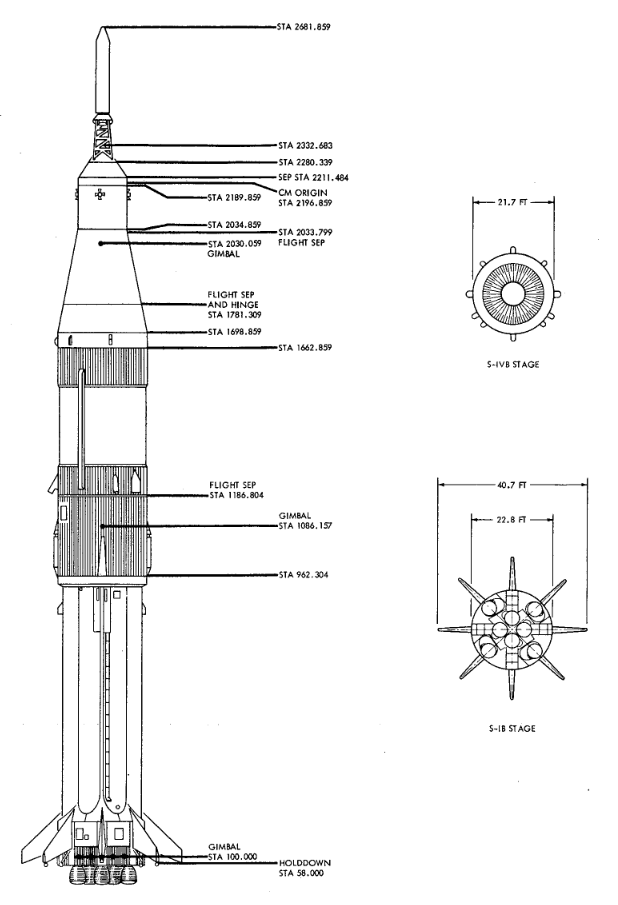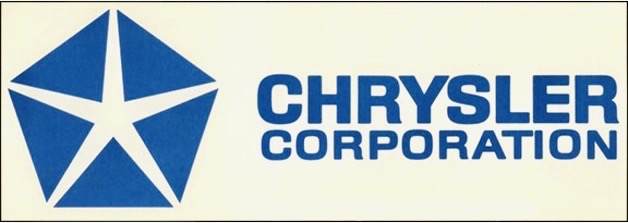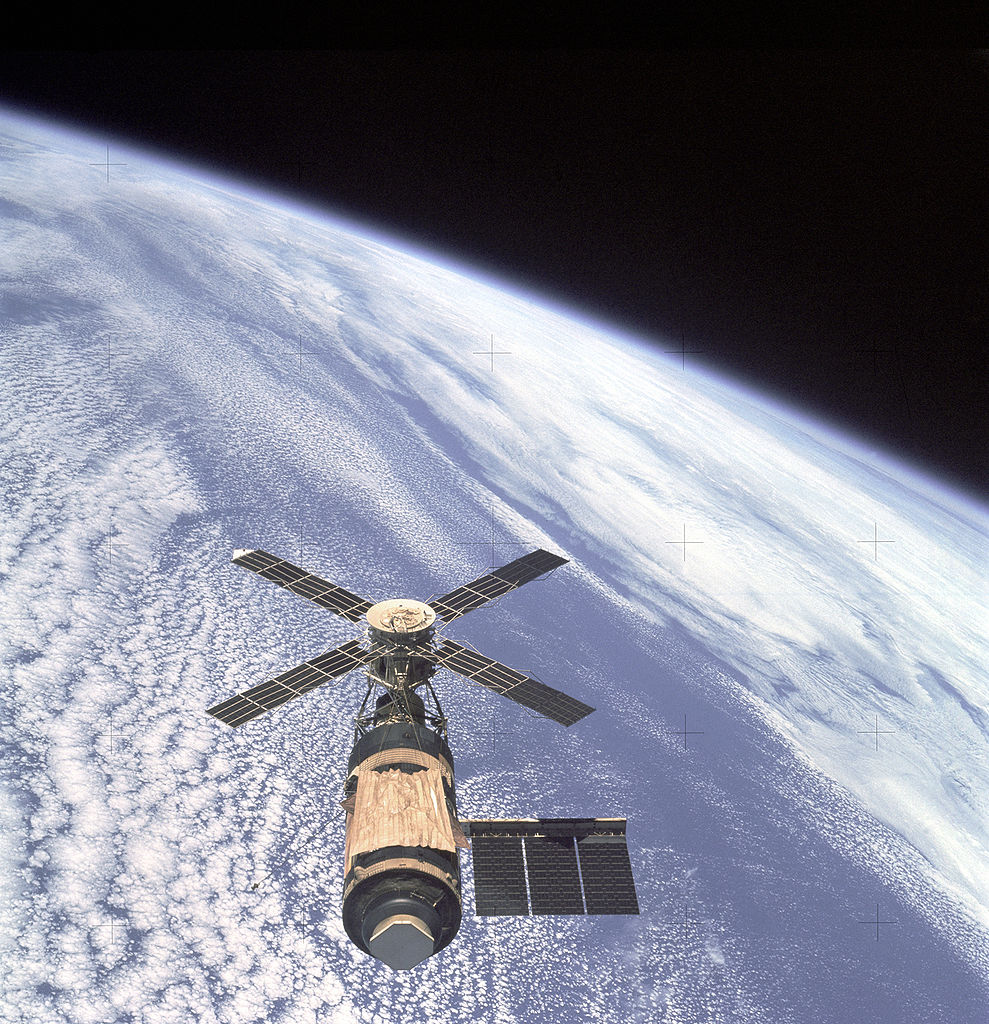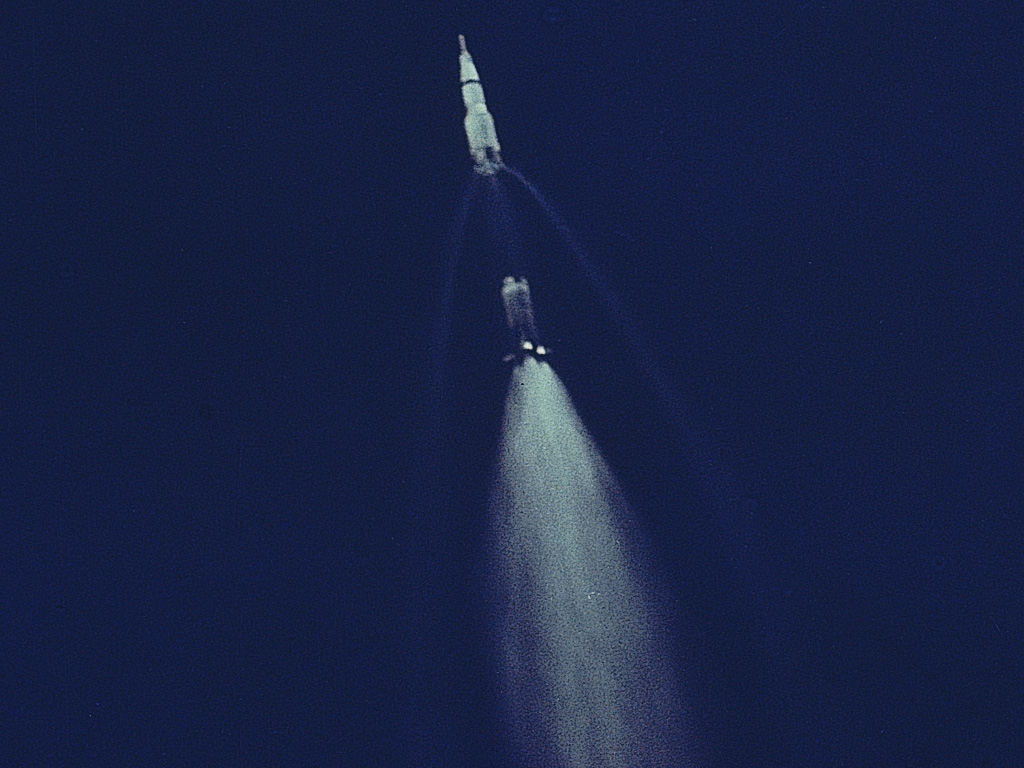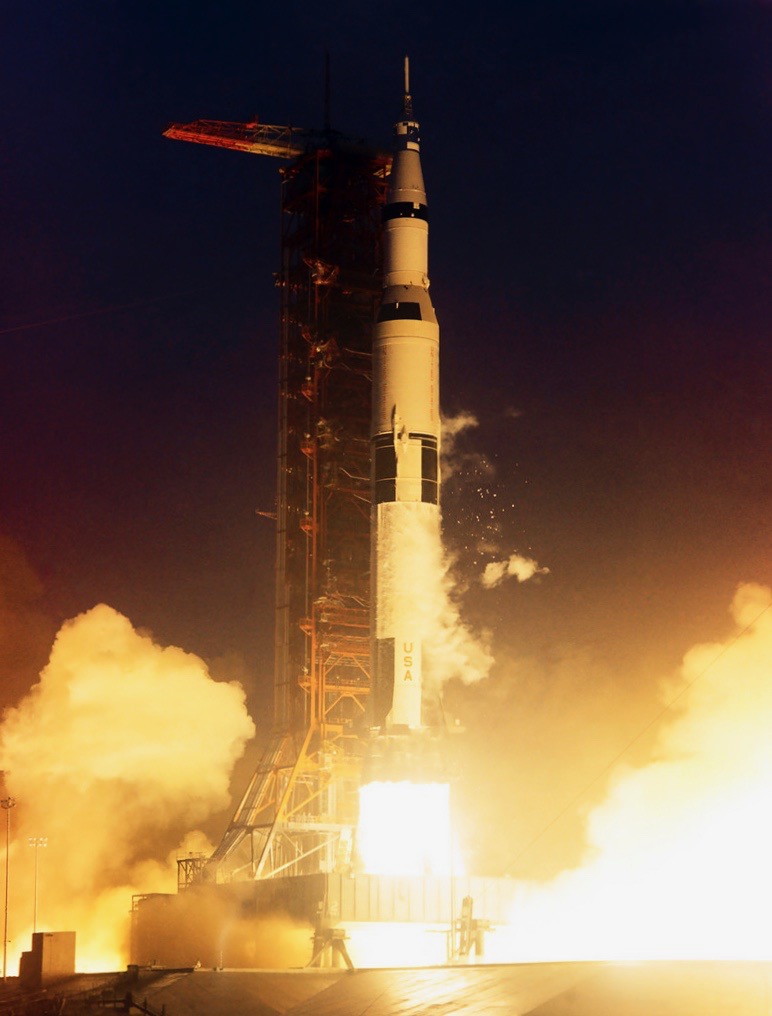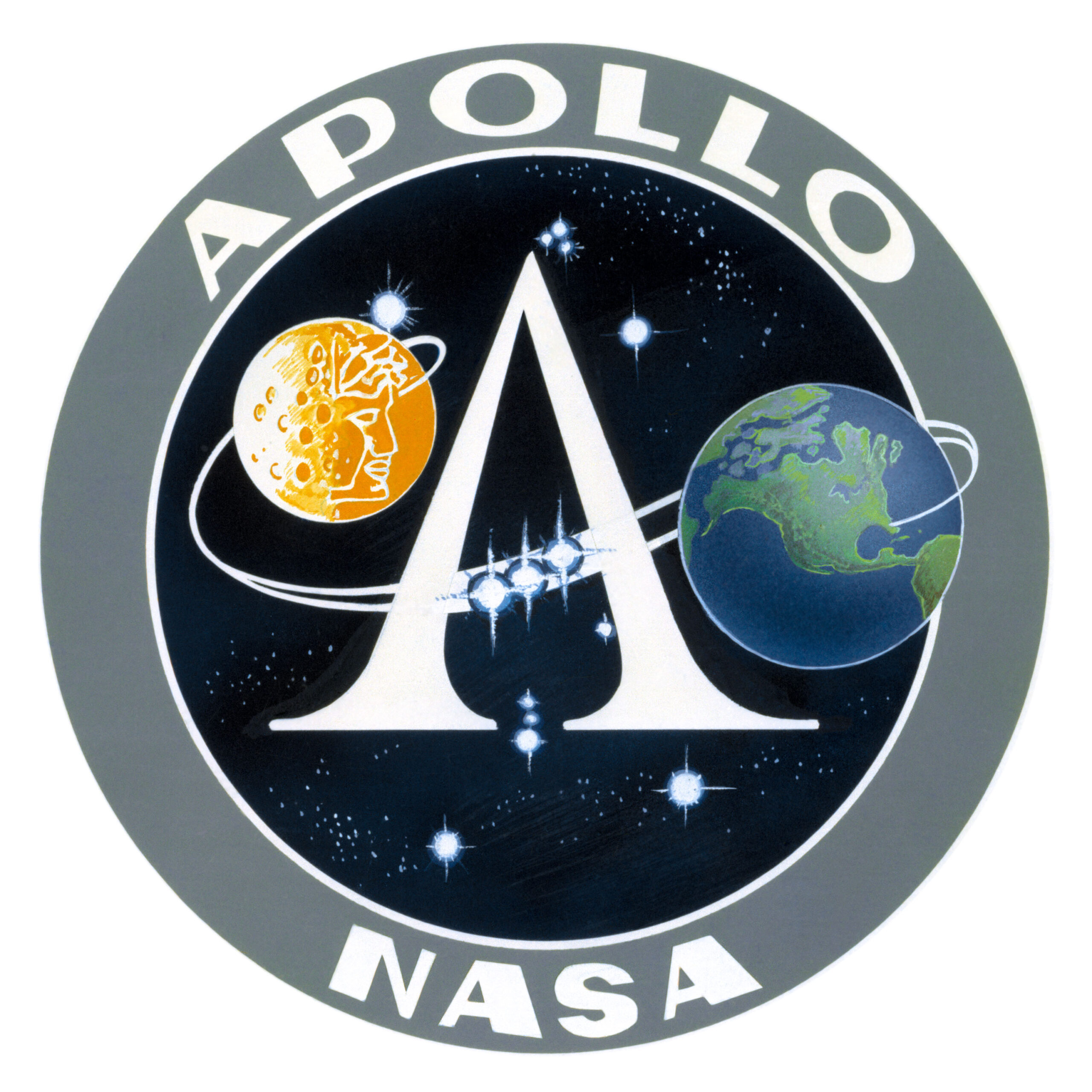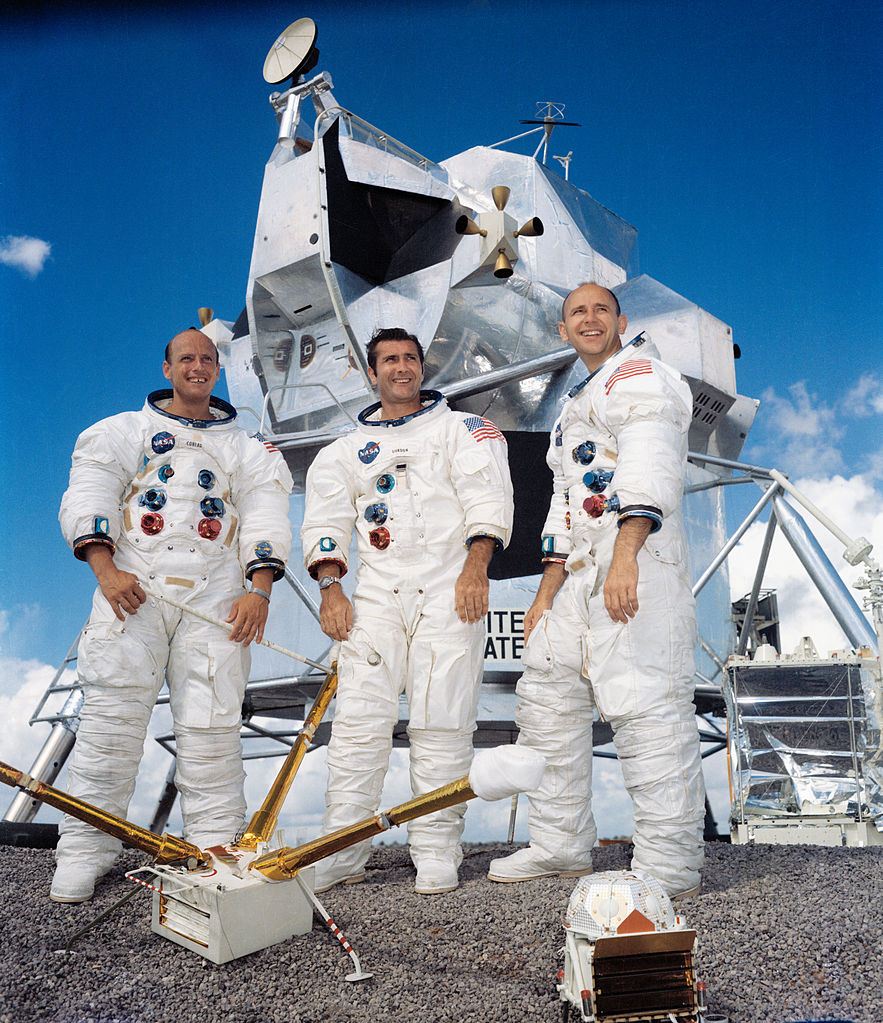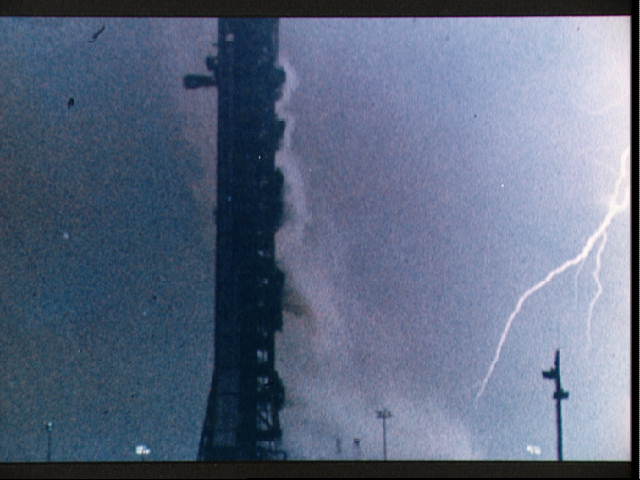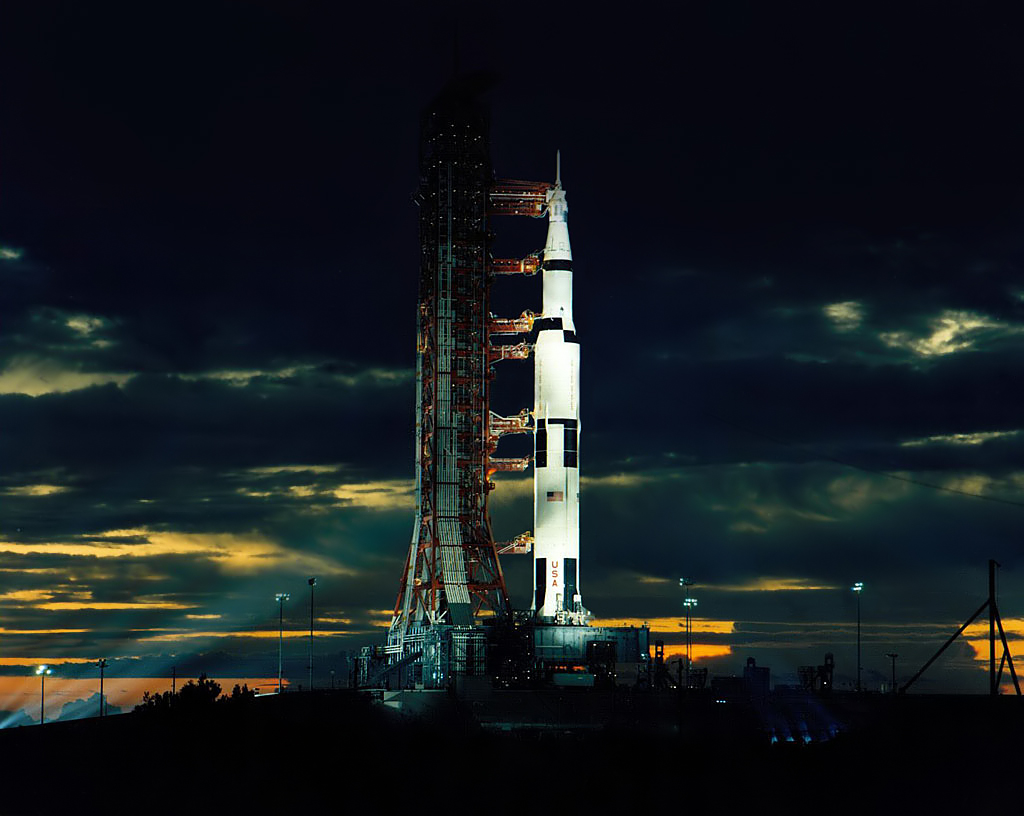
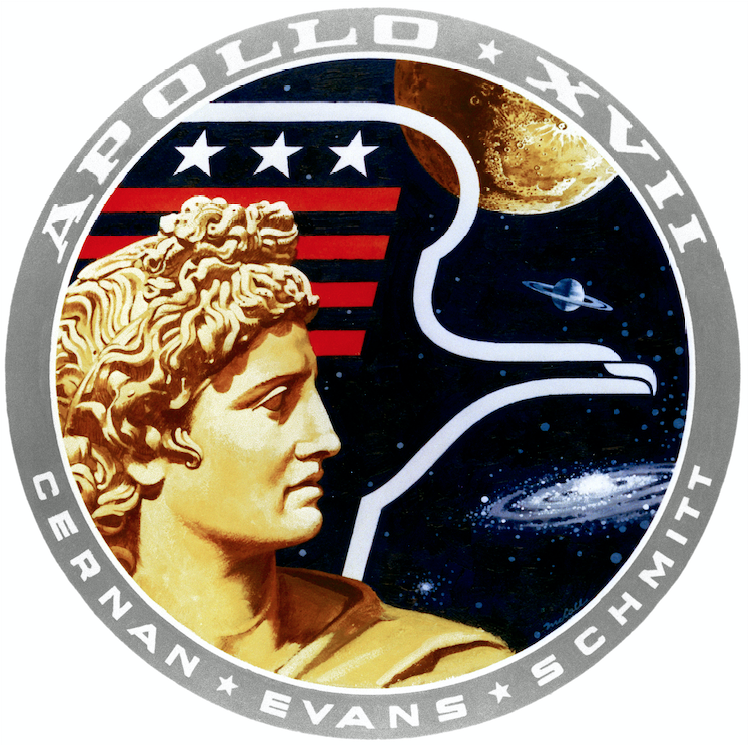 7 December 1972: At 05:33:00.63 UTC (12:33 a.m., Eastern Standard Time), Apollo 17, the last manned mission to The Moon in the 20th century, lifted off from Launch Complex 39A at the Kennedy Space Center, Cape Canaveral, Florida. The destination was the Taurus-Littrow Valley.
7 December 1972: At 05:33:00.63 UTC (12:33 a.m., Eastern Standard Time), Apollo 17, the last manned mission to The Moon in the 20th century, lifted off from Launch Complex 39A at the Kennedy Space Center, Cape Canaveral, Florida. The destination was the Taurus-Littrow Valley.
The Mission Commander, on his third space flight, was Eugene A. Cernan. The Command Module Pilot was Ronald A. Evans, on his first space flight, and the Lunar Module Pilot was Harrison H. Schmitt, also on his first space flight.
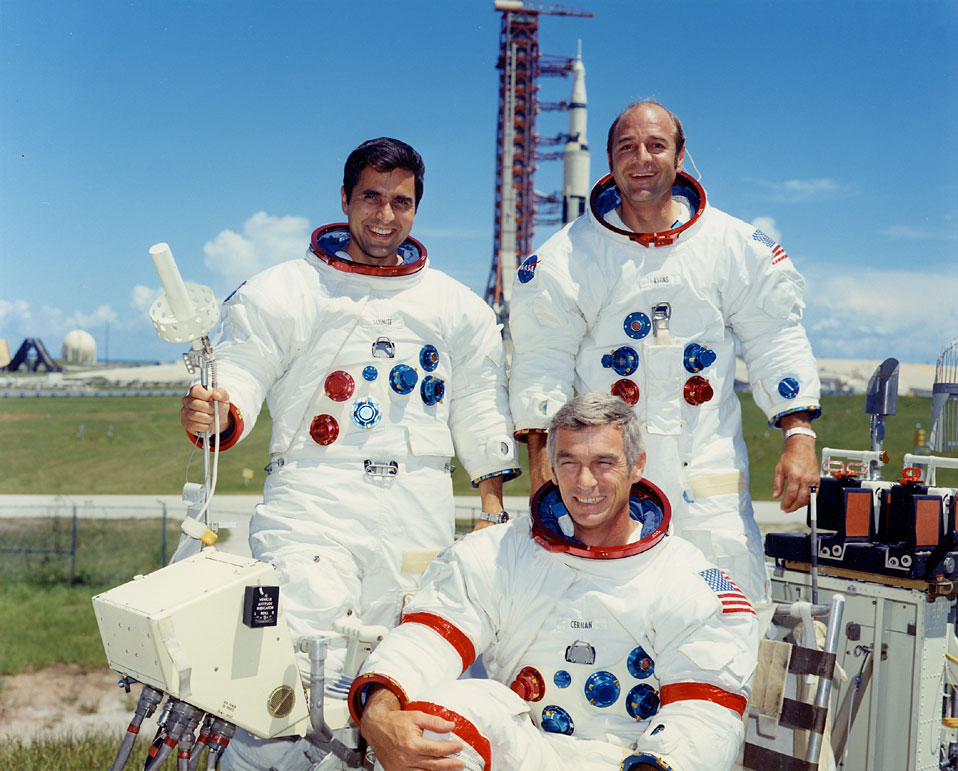
Schmitt was placed in the crew because he was a professional geologist. He replaced Joe Engle, an experienced test pilot who had made sixteen flights in the X-15 hypersonic research rocketplane. Three of those flights were higher than the 50-mile altitude, qualifying Engle for U.S. Air Force astronaut wings.
The launch of Apollo 17 was delayed for 2 hours, 40 minutes, due to a minor mechanical malfunction. When it did liftoff, the launch was witnessed by more than 500,000 people.
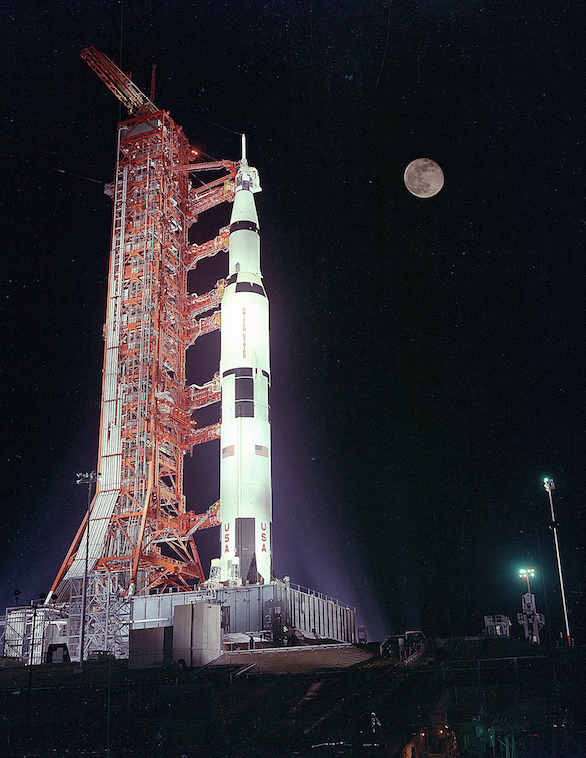
The Saturn V rocket was a three-stage, liquid-fueled heavy launch vehicle. Fully assembled with the Apollo Command and Service Module, it stood 363 feet (110.642 meters) tall. The first and second stages were 33 feet (10.058 meters) in diameter. Fully loaded and fueled the rocket weighed 6,200,000 pounds (2,948,350 kilograms). It could lift a payload of 260,000 pounds (117,934 kilograms) to Low Earth Orbit.
The first stage was designated S-IC. It was designed to lift the entire rocket to an altitude of 220,000 feet (67,056 meters) and accelerate to a speed of more than 5,100 miles per hour (8,280 kilometers per hour). The S-IC stage was built by Boeing at the Michoud Assembly Facility, New Orleans, Louisiana. It was 138 feet (42.062 meters) tall and had an empty weight of 290,000 pounds (131,542 kilograms). Fully fueled with 203,400 gallons (770,000 liters) of RP-1 and 318,065 gallons (1,204,000 liters) of liquid oxygen, the stage weighed 5,100,000 pounds (2,131,322 kilograms). It was propelled by five Rocketdyne F-1 engines, producing 1,522,000 pounds of thrust (6770.19 kilonewtons), each, for a total of 7,610,000 pounds of thrust at Sea Level (33,850.97 kilonewtons). These engines were ignited seven seconds prior to lift off and the outer four burned for 168 seconds. The center engine was shut down after 142 seconds to reduce the rate of acceleration. The F-1 engines were built by the Rocketdyne Division of North American Aviation at Canoga Park, California.
The S-II second stage was built by North American Aviation at Seal Beach, California. It was 81 feet, 7 inches (24.87 meters) tall and had the same diameter as the first stage. The second stage weighed 80,000 pounds (36,000 kilograms) empty and 1,060,000 pounds loaded. The propellant for the S-II was liquid hydrogen and liquid oxygen. The stage was powered by five Rocketdyne J-2 engines, also built at Canoga Park. Each engine produced 232,250 pounds of thrust (1,022.01 kilonewtons), and combined, 1,161,250 pounds of thrust (717.28 kilonewtons).
The Saturn V third stage was designated S-IVB. It was built by Douglas Aircraft Company at Huntington Beach, California. The S-IVB was 58 feet, 7 inches (17.86 meters) tall with a diameter of 21 feet, 8 inches (6.604 meters). It had a dry weight of 23,000 pounds (10,000 kilograms) and fully fueled weighed 262,000 pounds. The third stage had one J-2 engine and also used liquid hydrogen and liquid oxygen for propellant. The S-IVB would place the Command and Service Module into Low Earth Orbit, then, when all was ready, the J-2 would be restarted for the Trans Lunar Injection.
Eighteen Saturn V rockets were built. They were the most powerful machines ever built by man.
Apollo 17 launched 3 years, 4 months, 20 days, 16 hours, 1 minute, 0 seconds after Apollo 11, the first manned flight to The Moon.
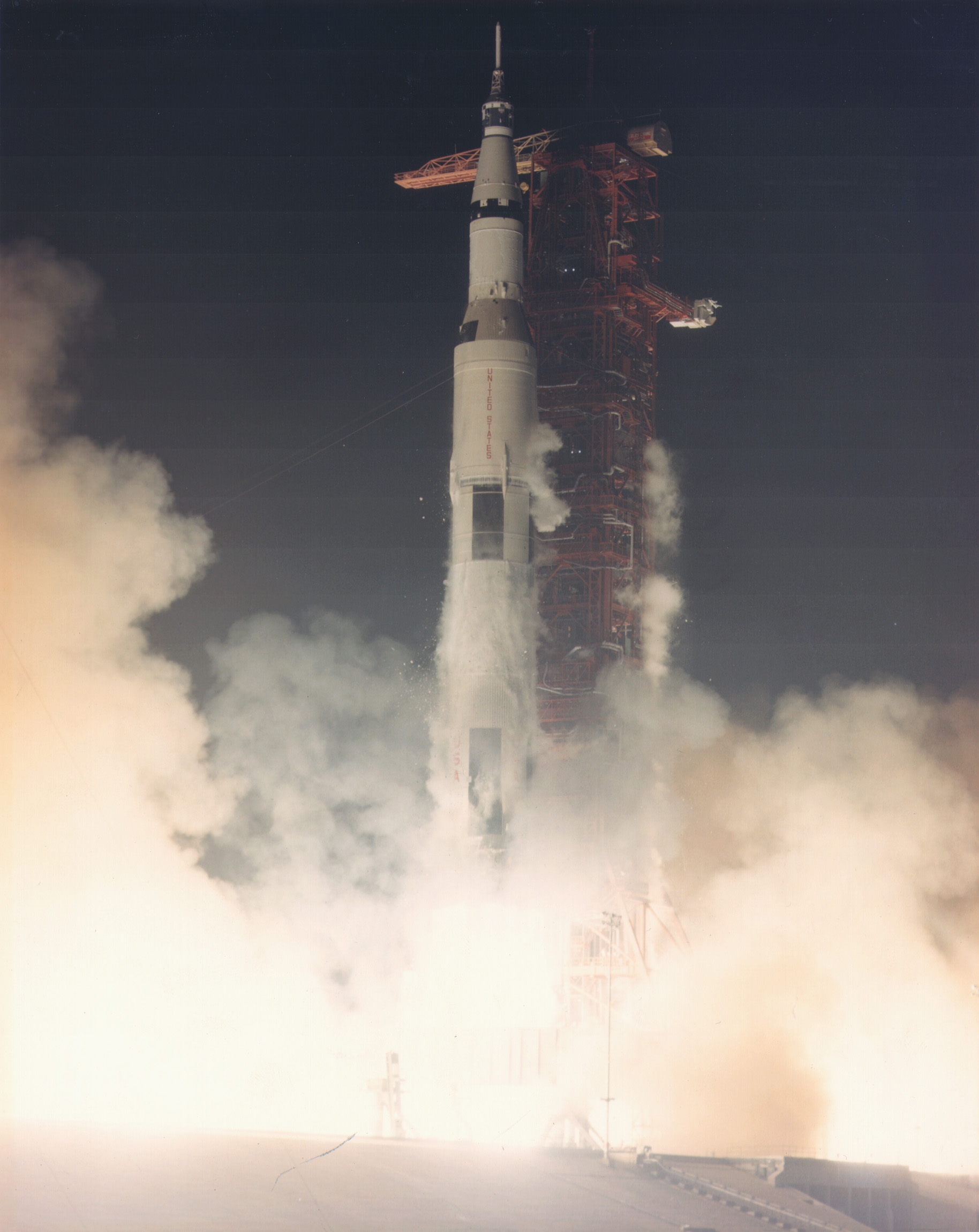
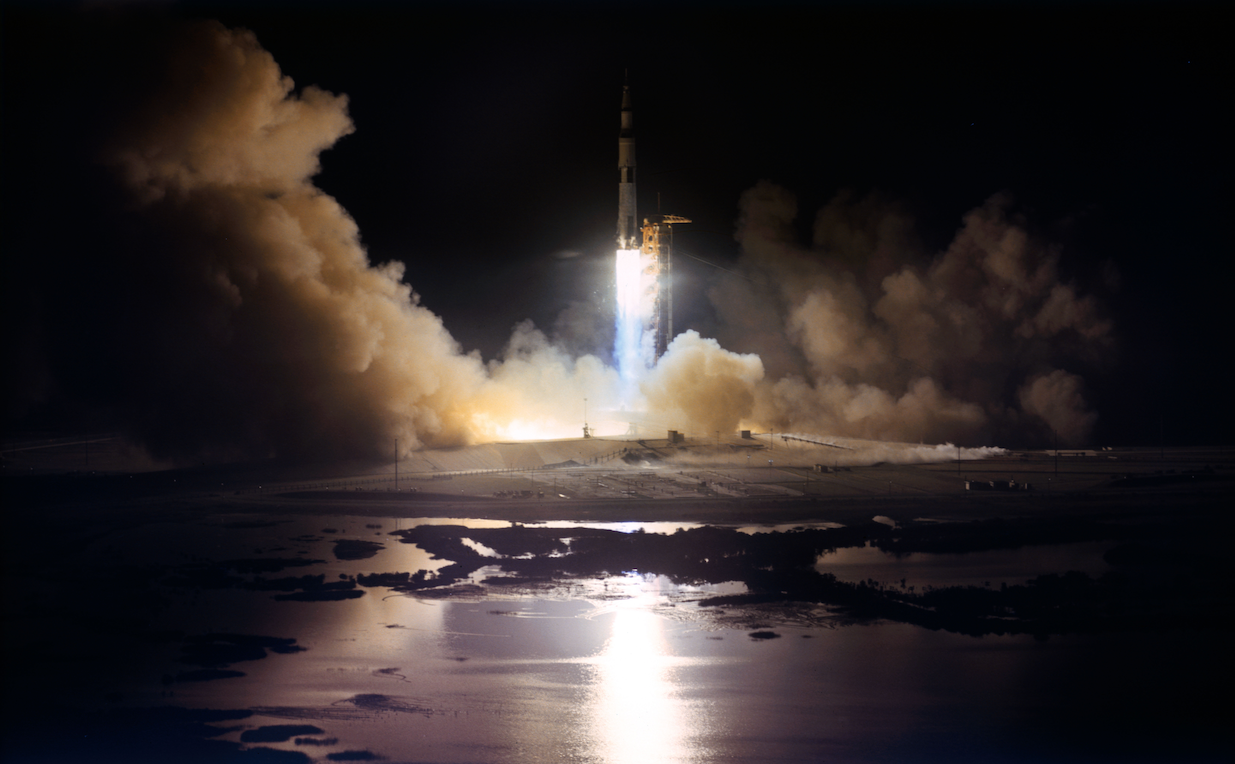
© 2018, Bryan R. Swopes
